You have no items in your shopping cart.
Bordeaux
Château Lynch-Moussas
(32 customer reviews)
This Bordeaux vineyard had its heyday in the 19th century. Grand Cru Classé AOC Pauillac in 1855, it then went through a period of decline, until it was bought by the Castéja family in 1919.
Today, Château Lynch-Moussas produces fine, well-balanced red wines, considered excellent classics of this Cru Classé. Find out more
 Recommended by
Recommended byParker Wine Advocate - James Suckling - Wine Decider
24
-
26 result(s)
- Price (€)
- User ratings
- Guides reviews 🍷
-
- (8)
- (8)
- (6) Read more
- Vintage
-
- (1)
- (1)
- (3) Read more
- Culture 🍷
-
- (19)
Bordeaux :
Best rated red wines
Best rated red wines
Bordeaux :
Best rated white wines
Best rated white wines
-

Shipped in
secured packaging -

Garantie anti-casse :
Prise en charge totale
The winemaker
The domain
The château's history dates back to 1610, when it was called Domaine de Moussas-Bages and belonged to the Jehan family, wine merchants who also owned several vineyards.
In 1748, Thomas Lynch's wife inherited the estate, which took the name Château Lynch. The property remained in the family until the death of Jean Baptiste Lynch in 1835. It was then divided into two estates. The residence and part of the land became Château Lynch-Moussas (named after the locality on which it is situated) and the rest became Château Lynch-Bages.
Lynch-Moussas was then acquired by a Spanish family, the Vasquez. They were wine merchants, and under their management, in 1855 the estate was awarded the title of Cinquième Cru classé du Médoc at the Paris Universal Exhibition.
When Jean Castéja bought the château in 1919, the estate covered 250 hectares. Nearly half was pasture, forest and vineyard. It joins three other prestigious wine estates in the Castéja family heritage.
Jean Castéja's five sons share the family assets in 1969, and Emile Castéja takes over the management of Château Lynch Moussas. He was to be the driving force behind the vineyard's renaissance. With only a dozen hectares left, Emile planted nearly 60 hectares of vines, modernized the facilities, renovated the building and enabled Lynch-Moussas to return to producing wines of the highest quality.
The producer
Philippe Castéja took over from his father in the 2000s, continuing the work of excellence begun by his father. The work in the vineyard is still carried out with the greatest rigor, respecting tradition, terroir and the seasons.
Vineyard and grape varieties
The Château Lynch Moussas vineyard extends over two prestigious appellations: Haut-Médoc and Pauillac.
Located north of Bordeaux, on the Gironde estuary, on the left bank, Pauillac is an exceptional terroir recognized the world over. It boasts numerous vineyards, including 18 Grands Crus Classés. The grape varieties are three quarters Cabernet Sauvignon and one quarter Merlot.
The land of Lynch Moussas in the Haut Médoc appellation was acquired in 2001, and is planted with vines averaging 25 years in age. It is from this plot that the château's second wine is made. It benefits from the same care, attention and meticulous work as the rest of the vineyard used to make the first wine.
The wines
The estate's grand vin, Château Lynch-Moussas, Pauillac Grand Cru Classé en 1855 is a powerful wine with excellent ageing potential. It's a round, velvety wine with black and red fruit aromas and a persistent, slightly spicy finish.
The second wine, Les hauts de Lynch-Moussas, in the Haut-Médoc appellation, is fresh and dynamic. The nose is fruity, with roasted notes, and the color is an intense ruby. Made from a blend of declassified Haut-Médoc and Pauillac plots, it expresses all the typicity of the Pauillac terroir. Tasted young, it is a structured, elegant wine. After a few years in the cellar, it develops a beautiful aromatic palette with notes of coffee, raspberries and cherries.

22 wines available
between 20.96 € and 141.8 €
between 20.96 € and 141.8 €

552 wine's scans
on Twil application
on Twil application
You might like Voir tous les vins de la région
- -25%
- -30%
- -15%

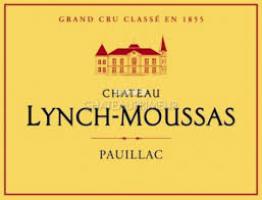
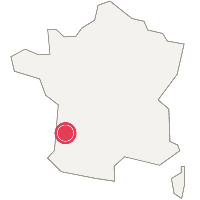





















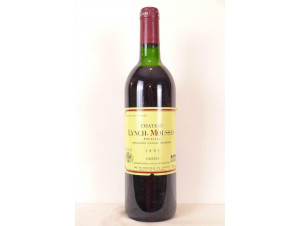


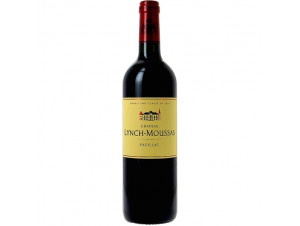
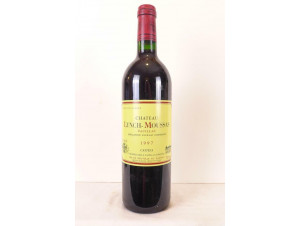
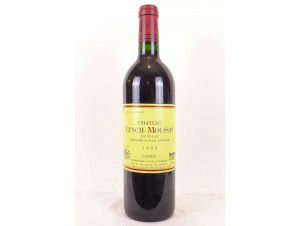







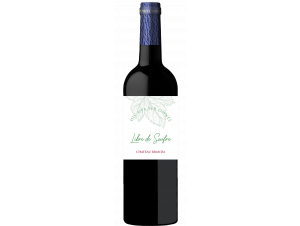




 TWIL - Achat de Vin
TWIL - Achat de Vin


